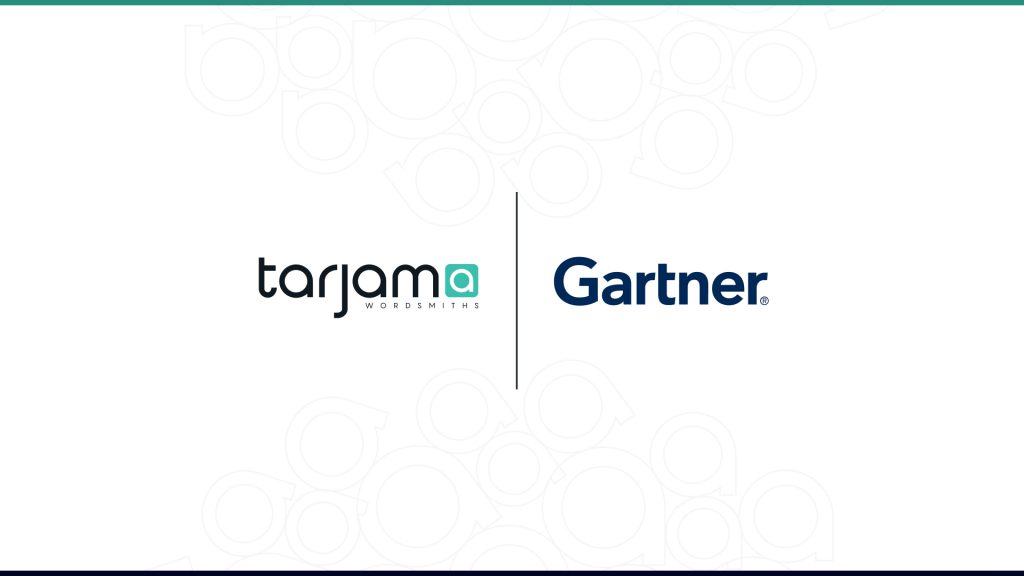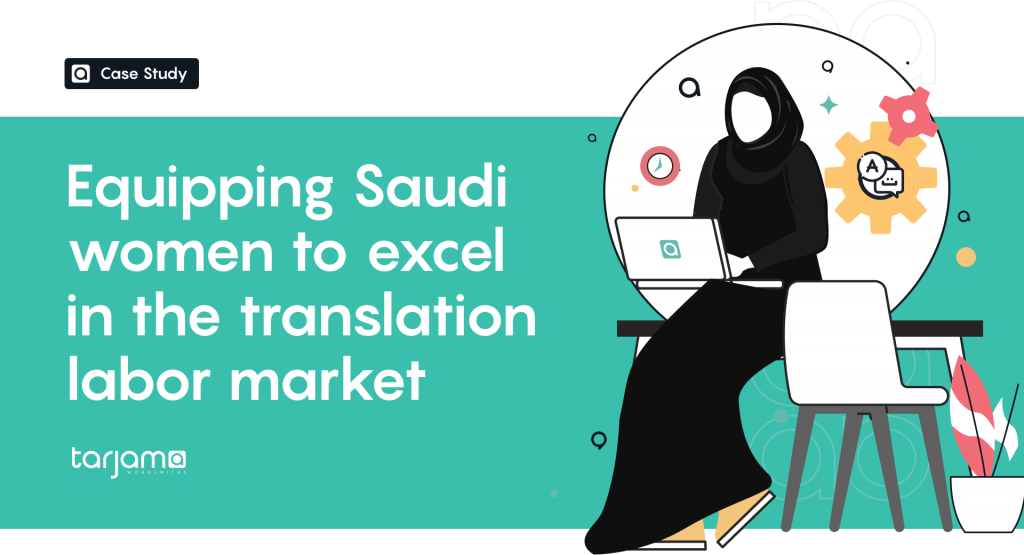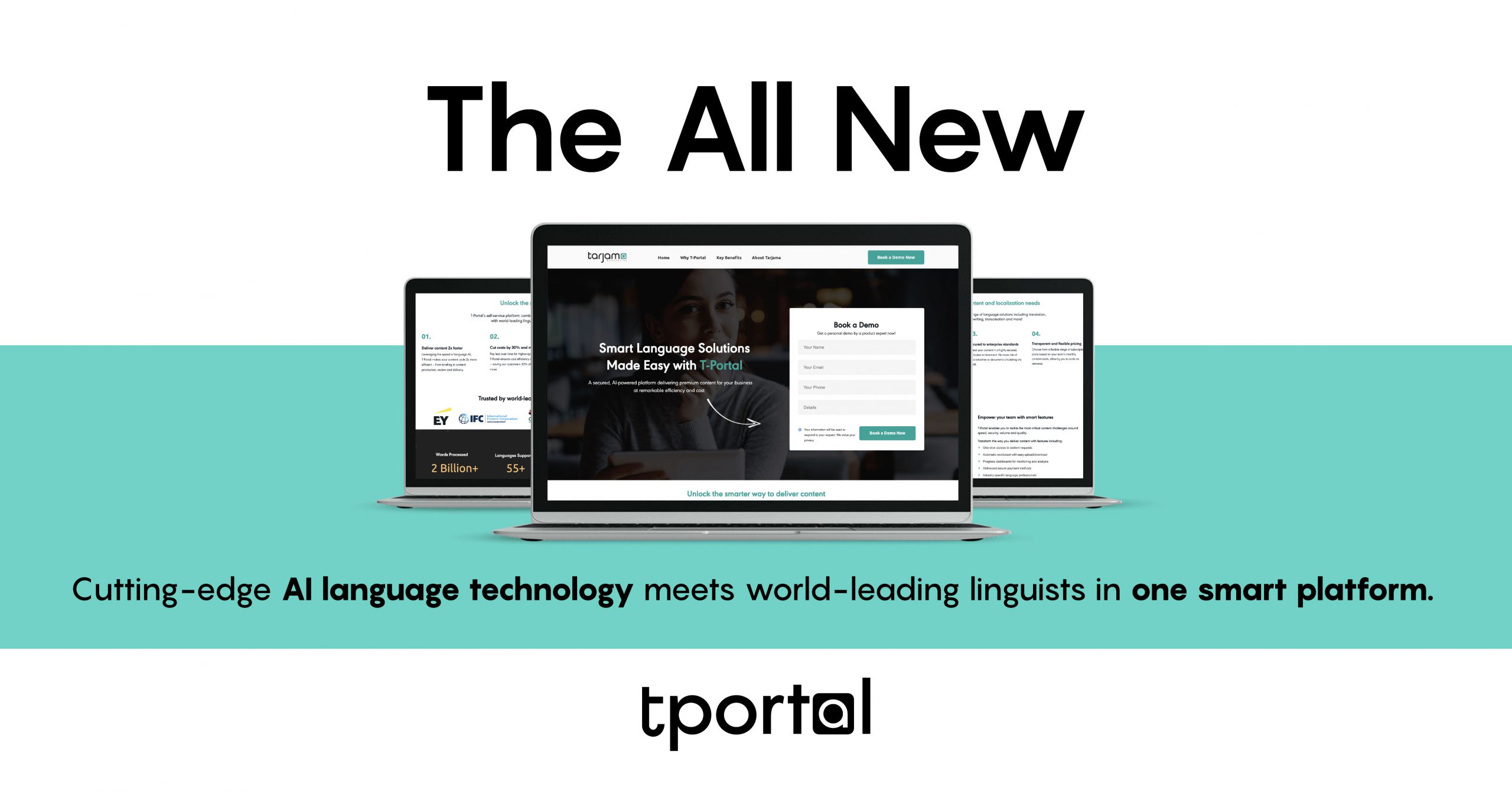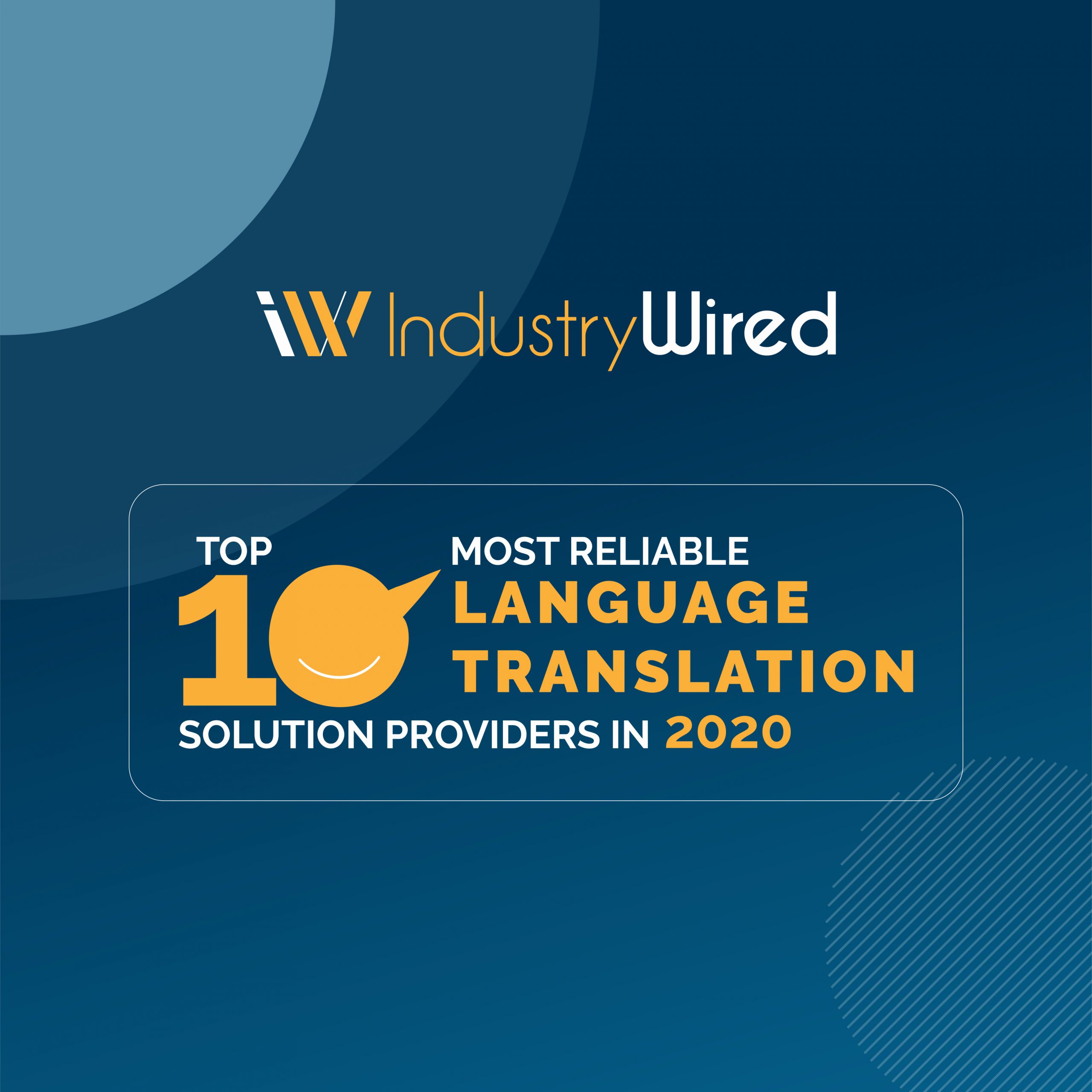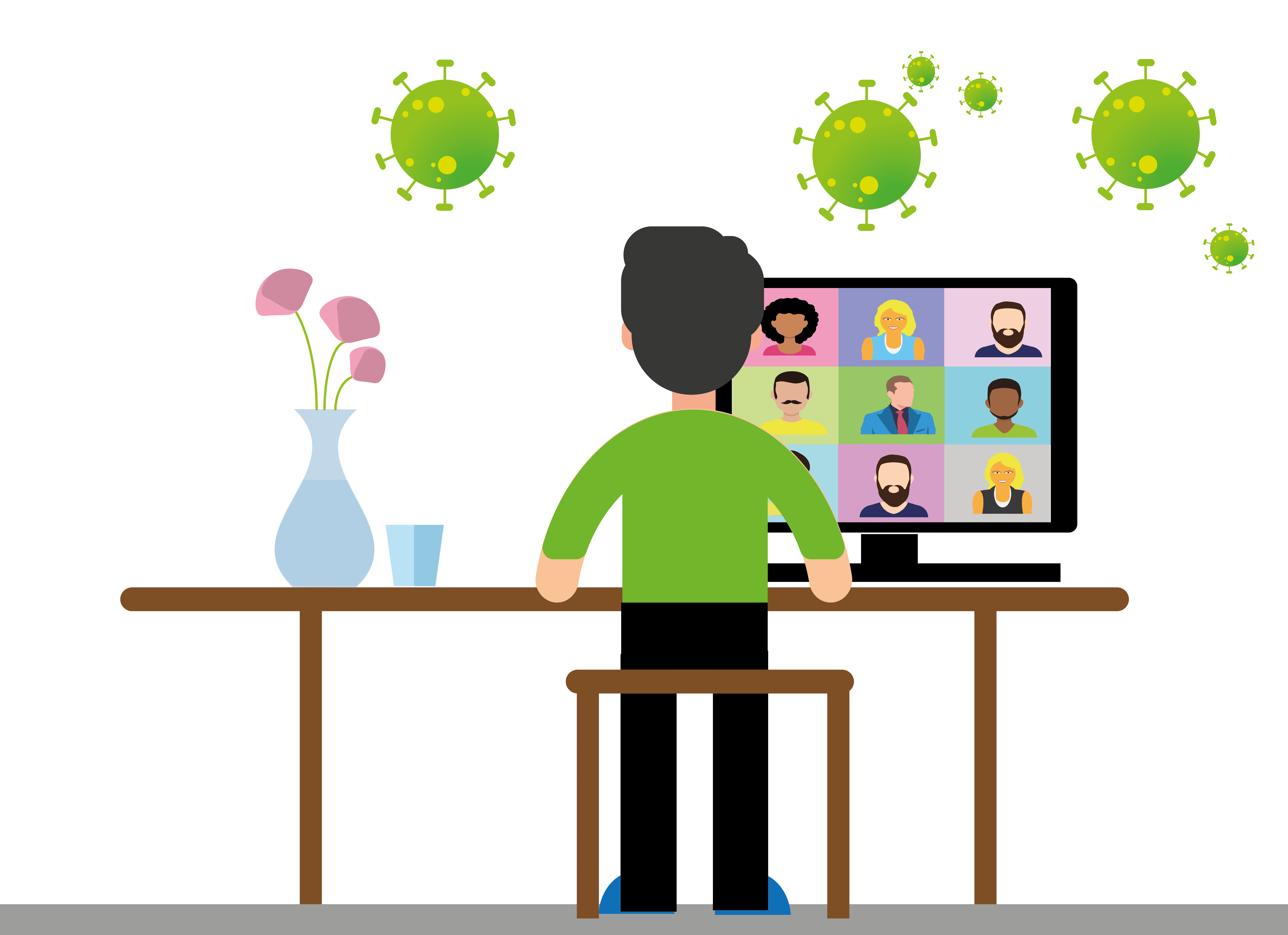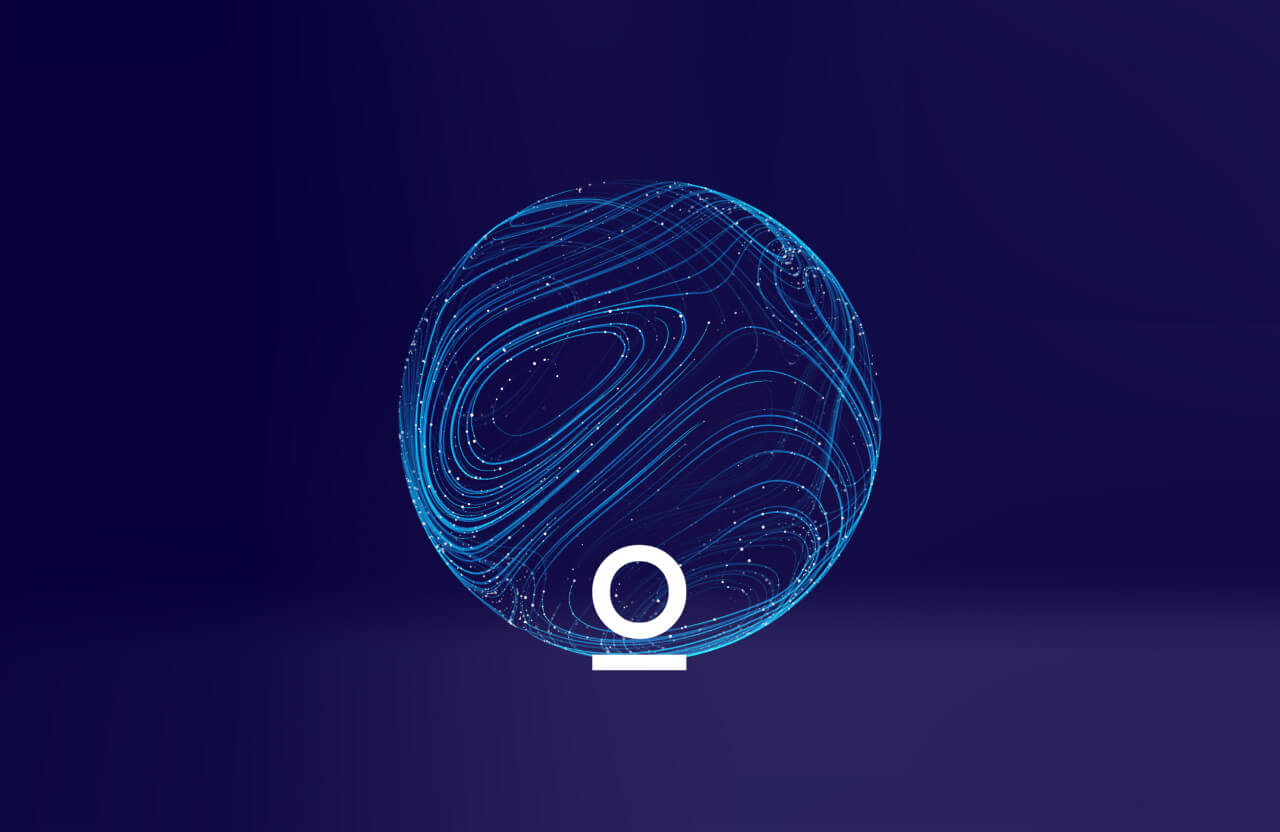Tarjama hires 14+ year experienced people & culture professional who will lead the expansion of its diversity, inclusion, and culture practice.
DUBAI, UAE – 07 September 2021 – Tarjama, a global provider of smart language solutions, today announced Luay AlDabbas has joined as Director of People and Culture. In his new role at Tarjama, Luay will focus on building the necessary systems to enhance and secure Tarjama’s people and culture as the company continues to grow its global workforce.
Luay brings more than 14 years of versatile experience managing large workforces and international teams at organizations including Arab Bank, Qatar Fund for Development, and First Abu Dhabi Bank. In those roles, he focused on designing organizational change and integrating business strategy, large-scale change management, and organizational development.
Most recently, Luay served as the Head of Organizational Development at Luminus Education Group, where he led the company’s organization development (OD) strategies, policies, and programs.
“We are confident that Luay is the right leader to help us continue to build a diverse, engaged, and thriving culture,” said Nour Al Hassan, Chief Executive Officer of Tarjama. “We look forward to seeing his impact in a dynamic culture that aligns with our business strategy and continues to position Tarjama as an employer of choice.”
“I’m thrilled to join Tarjama and be a part of its team at this time of transformational change and growth,” Luay commented. “Together, we will continue to build a dynamic culture that aligns with the people’s values and goals, promote trust and transparency as well as career development and recognition, all of which are essential to the company’s wellbeing and growth.”
At Tarjama, Luay will focus on building strong pipelines for future hiring needs, promoting inclusion in the workplace, and designing and evaluating career paths to meet the company’s business goals. He will lead diversity, equity, and inclusion (DEI) initiatives and manage development opportunities across the company.
Luay is experienced with cross-cultural teams, having worked with teams between Qatar, UAE, Jordan, and England. He joins Tarjama’s team of over 130 linguists, technologists, data scientists, business development specialists, content creators, and marketers of over 15 nationalities located around the globe.
Luay holds a Bachelor’s Degree in Telecommunications & Electronics Engineering as well as a Master’s Degree in Electronic Business from the University of Hertfordshire in the United Kingdom.
About Tarjama: Tarjama is a leading smart language solutions company helping organizations scale rapidly with multilingual content of every format and language. Leveraging its line-up of innovative language technology along with its network of expert linguists, Tarjama delivers language solutions that meet international standards of quality, speed, and cost-efficiency. To find out more about Tarjama, visit www.tarjama.com

